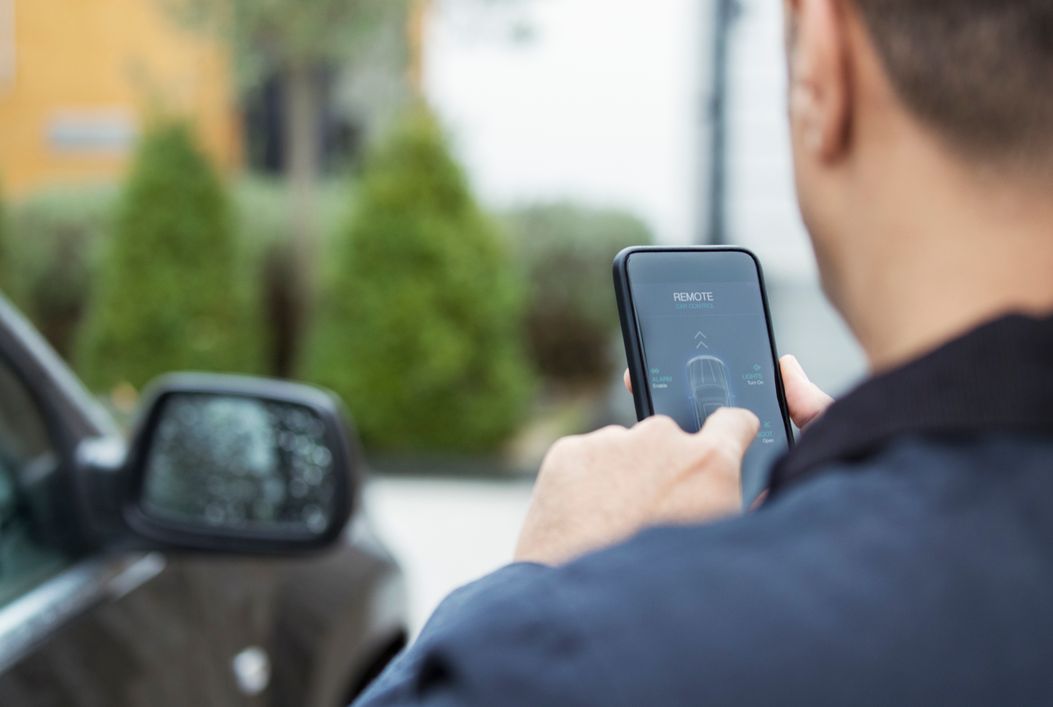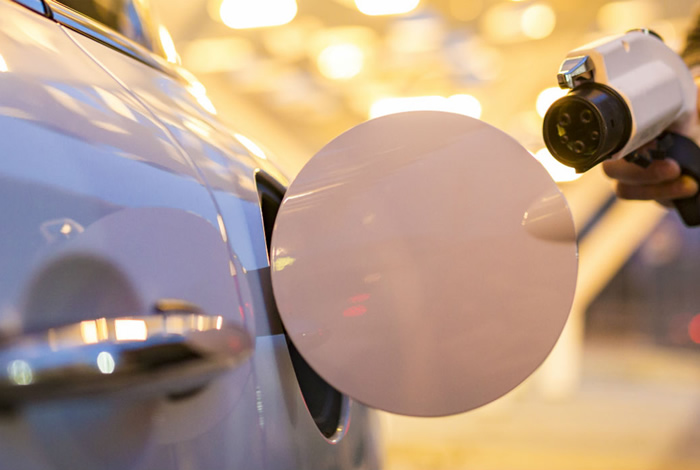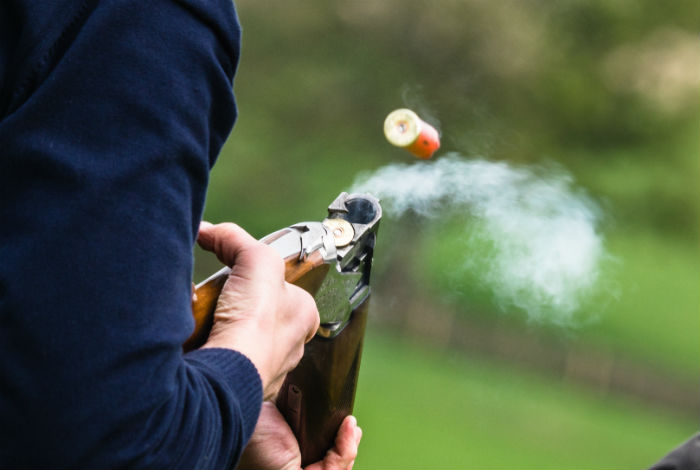In this article, Robin Nathan, our McClarrons Affinity Art & Private Client Account Executive, offers insight on the following:
- Who are Thatcham?
- What different types of vehicle trackers do they test?
- Changes coming in 2019
Thatcham Research are probably best known for testing vehicle safety, and for those famous images of crash test dummies being thrown about in various car crash scenarios.
What you may not know is that Thatcham also assess vehicle security protocols and provide much of the data that the Association of British Insurers (ABI) use to assign a vehicle an insurance group rating. In fact, Thatcham administer the Group Rating System on behalf of the ABI. There are currently 50 groups in the ABI rating system – examples of group one cars include Citroen C1, Fiat Panda, Vauxhall Corsa; examples of group 50 cars include Porsche 911, Nissan GTR, Audi R8 etc.
Insurance groups are based on several different factors, which include the following: Damage and Parts Costs, Repair Times, New Car Values, Parts Prices, Performance, Safety, Bumper Compatibility and Car Security. The groups are recommendations, but insurers use them as a factor in their actuarial process, in addition to the individual insurer’s claims experience with the car in question.
Cars over a certain value, or that are considered to be of interest, may come fitted with alarms and immobilisers and, as is becoming more commonplace, possibly a tracking device. Like alarm systems, there are several different tracking devices available offering different levels of sophistication and protection, and as such, they are categorised by Thatcham. For the purposes of this blog post, I will ignore the most basic trackers as they are unlikely to be insurance-approved.
As standard, Thatcham category five and six trackers offer a battery disconnect alarm, motion sensors and real time 24/7 GPS tracking.
As far as insurance is concerned, the Category 6 tracker is the most basic and is usually the level found as “standard manufacturer equipment”.
A category five tracker has the following additional features: –
- Full Police Support for Level 1 Response1
- Automatic Driver Recognition Card/Fob
- Remote Engine Immobilisation
Now, whilst these additional features sound very good it is worth considering that, if we take the remote engine immobilisation as an example, the stolen vehicle would have to be in line of sight of a police sergeant who must obtain authorisation from the central control room before they can activate the immobilisation system. And once activated, it doesn’t stop the engine – it disables the starter motor, so the vehicle can still be driven away, it just can’t be started again once stopped.
All change please, all change
As of 1st January 2019, the above classifications are going to be superseded with the new categories – S5 and S7 – coming into force.
The main changes are that the remote engine immobilisation functionality has been removed, and as such the need to have Secure Operating Centre (SOC) monitoring has also been removed – the SOC was the only way acceptable communication with the Police to confirm the remote engine immobilisation.
Trackers under S5 still need to have 24/7 monitoring conforming to BS 85912 and must be hard wired into the car, resist a minimum period under attack and they must have driver recognition capability. There are some systems under the old Category 6 that can be reclassified under S5 if they have driver recognition.
Under S7, the systems do not need to have driver recognition, and they can be completely battery operated, meaning they do not have to be hard wired into the car.
Thatcham have provided us with the following information in relation to these changes:
S5 Tracking systems:
- 24/7 monitored meeting the requirements of ‘BS 8591 Remote centres receiving signals from alarm systems
- Passively and Remote set function
- Health Check program
- Roaming SIM
- Global Positioning System (GPS)
- Driver Identification Device
- Vehicle motion detection
- Data logging
- Bi-Directional data transmission
- Battery back-up power supply
- Resistance to attack for a minimum of 2 minutes
S7 Tracking systems:
- 24/7 monitored meeting the requirements of ‘BS 8591 Remote centres receiving signals from alarm systems – Code of practice’ Category 1 or equivalent standard
- Passively and Remote set function
- Health Check program
- Means of locating Asset within a 1-mile radius in general terrain
- Precisely locatable within 15 minutes from signal receipt on Thatcham pursuit test
- A minimum of one means of transmission of signal
- Battery back-up power supply
- Resistance to attack for a minimum of 2 minutes
If you need any help understanding which tracker will be most appropriate or required by your insurance policy, please do not hesitate to get in touch with Robin on 07557 562868 or at robin.nathan@networkportfolio.co.uk/mcclarroninsurance.com.

Author: Robin Nathan, Art & Private Client Account Executive
Tel: 07557 562868
Email: robin.nathan@networkportfolio.co.uk/mcclarroninsurance.com
1 There are two levels of police response as determined by the NPCC Policy: Level One – immediate response (subject to priorities). Level Three – response withdrawn. Level Three occurs as a result of three false calls to the police for intruder alarms or three from personal attack alarms in a twelve-month rolling period.
2 BS8591 – Remote centres receiving signals from alarm systems. Code of Practice. This British Standard covers the planning, construction, facilities and ongoing review of manned and unmanned centres. It also covers the operation of receiving signals from alarm systems such as fire, social, CCTV, lone worker devices and vehicle tracking but excludes intruder and hold-up alarms.






















